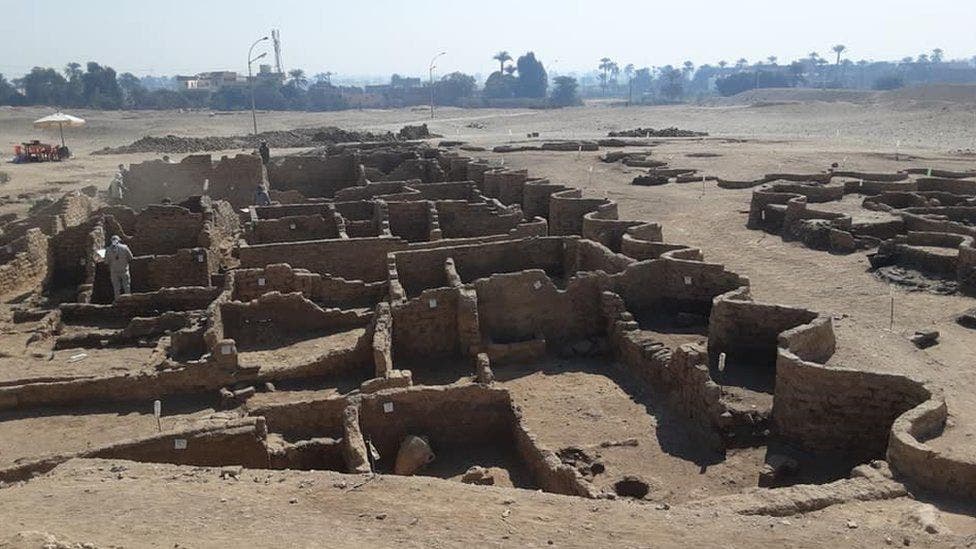A new ancient city has been discovered under the sands of Egypt, a team of archaeologists reported on Saturday. The settlement dates back to a golden era of ancient Egypt, roughly 3,000 years ago, they explain.

Zahi Hawass, one of the country’s best-known archaeologists and Egyptologists, announced the finding to the public. The ancient site includes brick houses, tools, and other artifacts dating back to the rule of Amenhotep III of Egypt‘s 18th dynasty.
The discovery will help us better understand how ancient people, particularly those in Egypt, lived three millennia ago.
New old place
“Many foreign missions searched for this city and never found it,” said Dr. Hawass, a former antiquities minister, for the BBC. “[The site represents] a large city in a good condition of preservation, with almost complete walls, and with rooms filled with tools of daily life.”
The city was known as Aten and is located in Luxor, on the west bank of the Nile, between the temple of King Rameses III and the colossi of Amenhotep III. Archaeologists started working there last year, there to look for the mortuary temple of King Tutankhamun. In a few weeks’ time, however, they eventually found a whole city built from mud brick. Whole buildings, rooms full of ovens, pottery meant for storing food, and general use tools were found here, even human remains.
The ancient city seems to have been organized into three major districts: one for administration, one for workshops and other industrial pursuits, and a district where workers could sleep and presumably live. There was also a dedicated area for dried meat, the team explains. The settlement dates back around 3,000 years, to the reign of Amenhotep III. We know of this timeframe because some mud bricks discovered at the site bear the seal of King Amenhotep III’s cartouche, or name insignia.
Hawass said he believes that the city was “the most important discovery” since the tomb of Tutankhamun was unearthed in the Valley of the Kings in Luxor in 1922. He ruled between 1391 B.C. and 1353 B.C. and built large parts of the Luxor and Karnak temple complexes in Thebes.
The discovery has been hailed by other Egyptologists around the world, both due to how unique it is and due to its incredible scale. The city has not been officially identified until now, as far as we know, and it could very well be just one part of a larger city.


